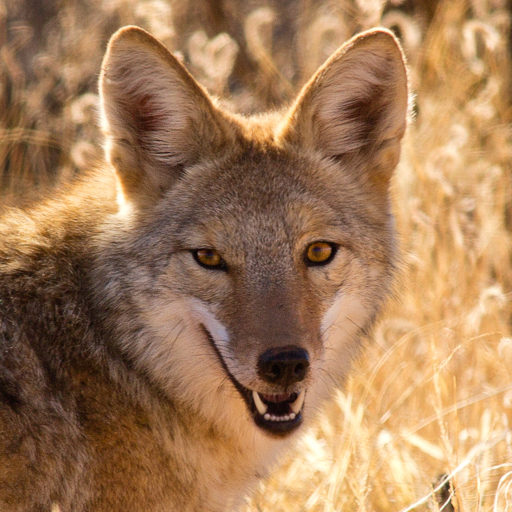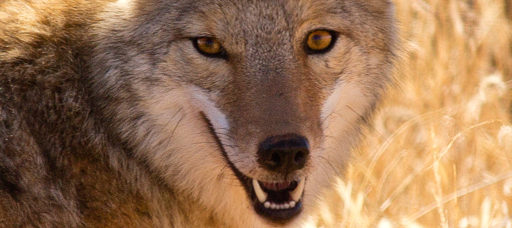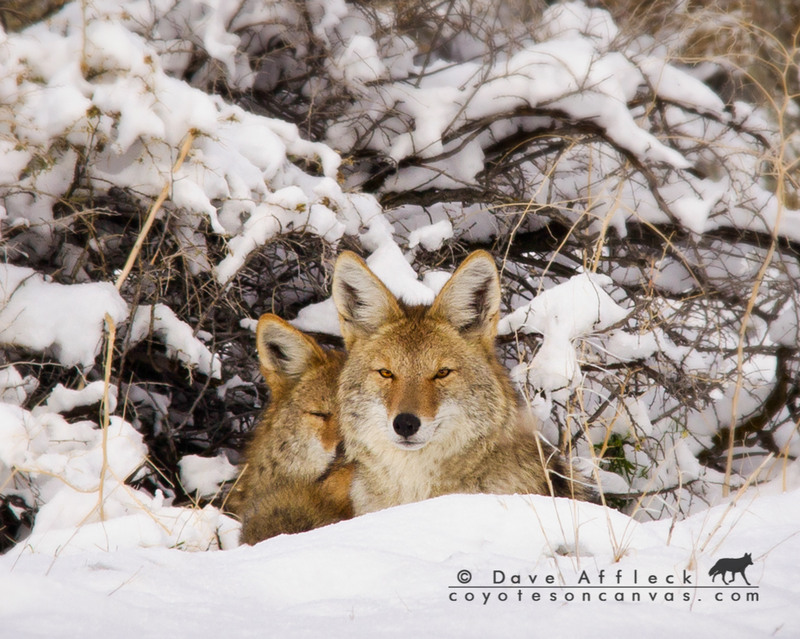Using coyote vocalizations can be an extremely effective calling strategy. Giving names to particular coyote howls, can be a bit controversial though. Nobody actually speaks coyote, or can really understand what coyotes are able to communicate over distance with vocalizations. So attaching names to howls such as “female invitation” or “male challenge”, “assembly howl” etc. can be a bit dubious.
Of course that is just my opinion. Many callers believe they do understand what coyotes are trying to say and believe they can communicate specific messages back to them. Maybe so. I’m just quite sure that I do not know what they are saying and that I do not know what I am really “saying” when I use vocals on stand.
But, using vocalizations can work well, whether I understand them or not.
I see a continuum in coyote vocalizations with aggressive, angry or frightened on one end of the scale and non-aggressive, submissive, non-threatening on the other. I think most coyote hunters and dog owners can relate with being able to tell the difference between an aggressive, angry, threatening bark-howl and a non-threatening, neutral or submissive simple lone howl.
When I use howling on stand, I tend to stick with what I think are non-threatening, non-aggressive howls. What I simply call the Lone Howl. And a lone howl is a lone howl, is a lone howl, to me. In other words, I don’t know it’s an assembly howl, or just an I’m lonely howl, or an “I’m here where are you” howl, or a “bring me my supper dammit howl”, or an I’m just a coyote and coyotes howl so I’m gonna howl, howl.
I’ve seen many coyotes make that howl in many situations wth many different outcomes. I simply don’t have any clue what it means. It’s just a lone howl. But one of the common outcomes that I have witnessed when a coyote issues a lone howl, is that another coyote or coyotes arrives a short time later. That’s why it is the one I use on stand.
So let’s look at some coyotes howling that I have seen and taken pictures of. You may have a very different take on them than I do!
These two coyotes, I deduced from watching them urinate and size differences etc., are an alpha female and a female beta (probably one of last years pups).
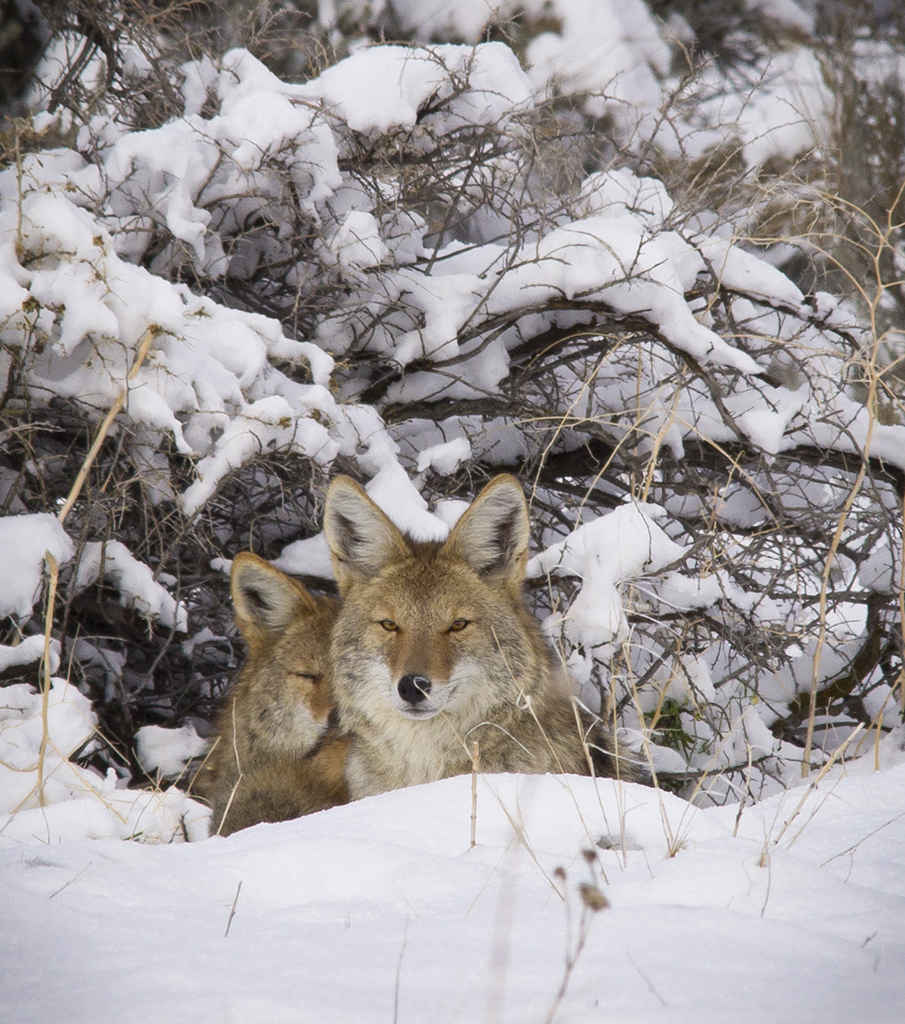
The older bitch, gets up and does a lone howl. Repeats it several times. Lays back down.

About one minute later, I heard another coyote lone howl from half a mile to the south. I looked that direction and see this guy coming down off the ridge.
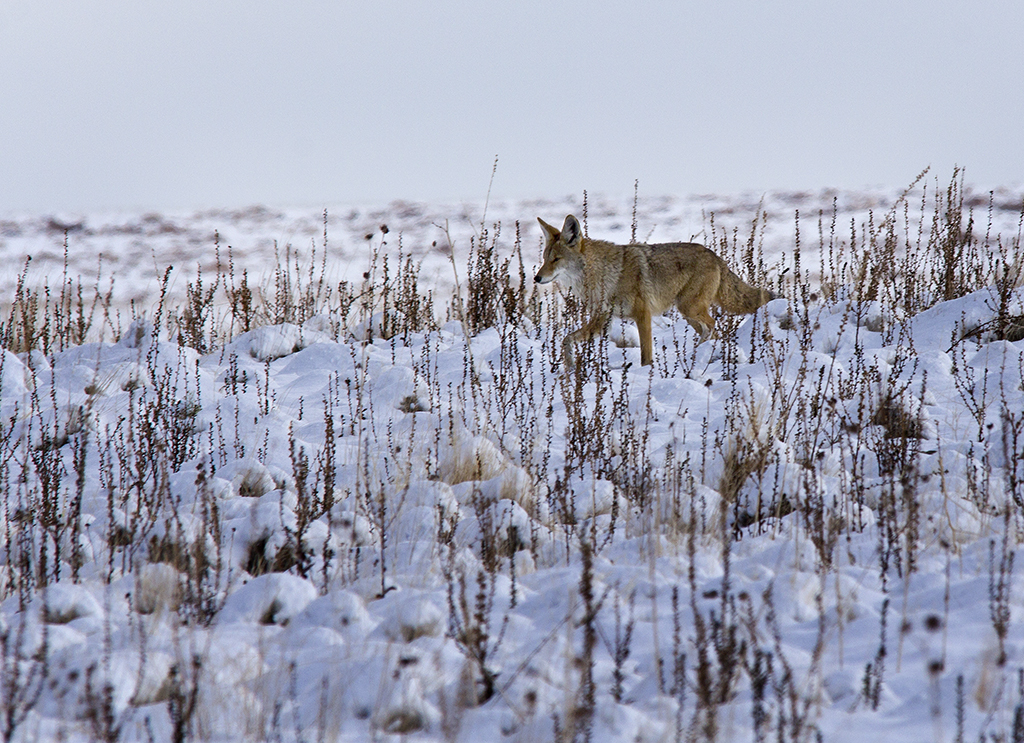
Definitely the male. Watched him stop and urinate before grabbing a snack on his way to meet the ladies.
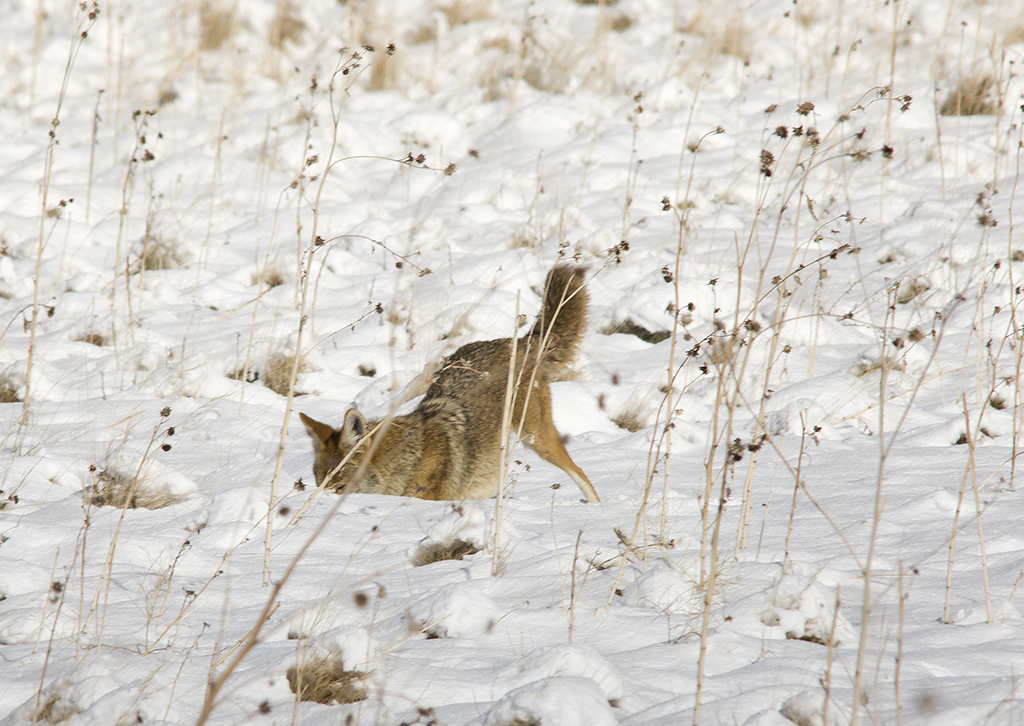
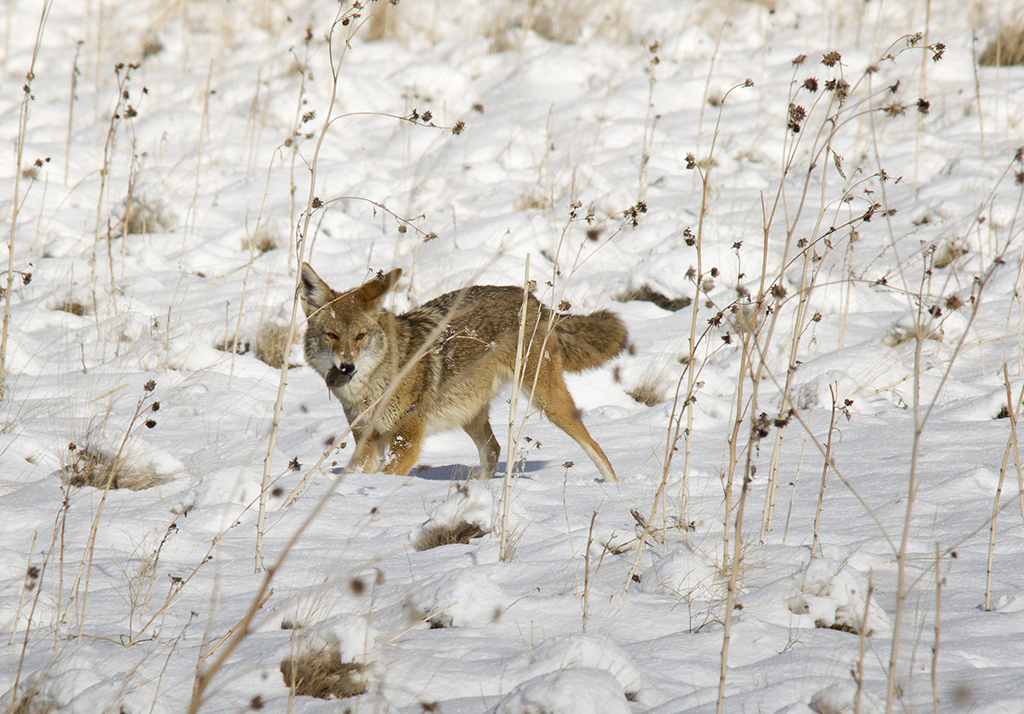
Then the three of them “assembled” and took off on patrol.
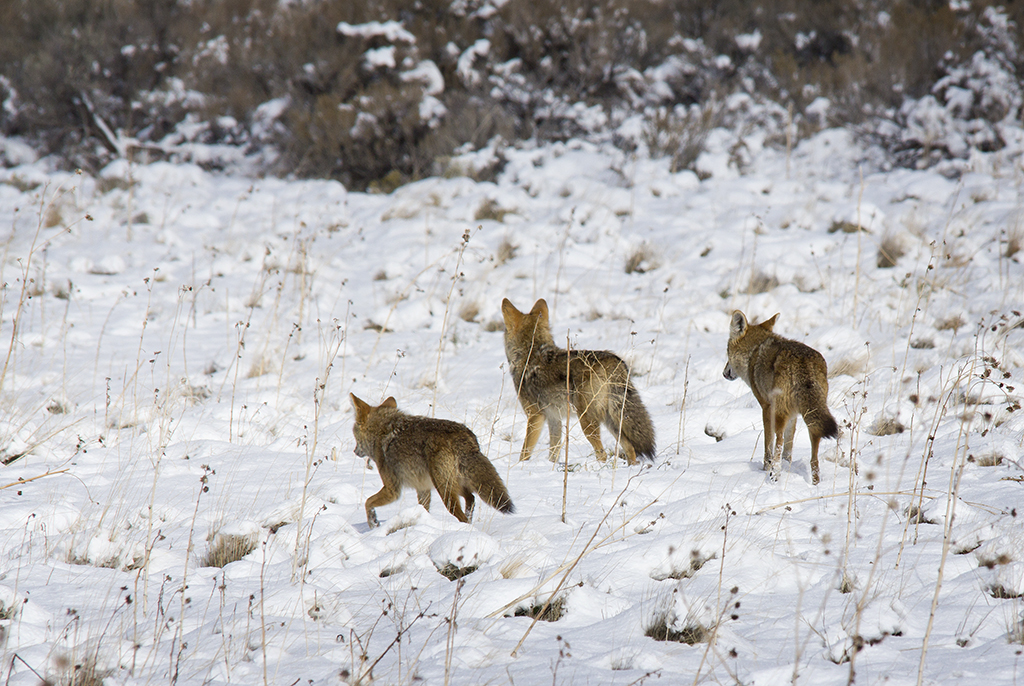
I was right there, listening to the howls and watching the coyotes. I couldn’t tell you from the sound, which one was the female and which was the male or which one was the destination or which one was the “I’m coming dammit!”. Just lone howls, is all I heard. Someone else may have been able to differentiate?
Another time… This little gyp, a pup, let out a lone howl.
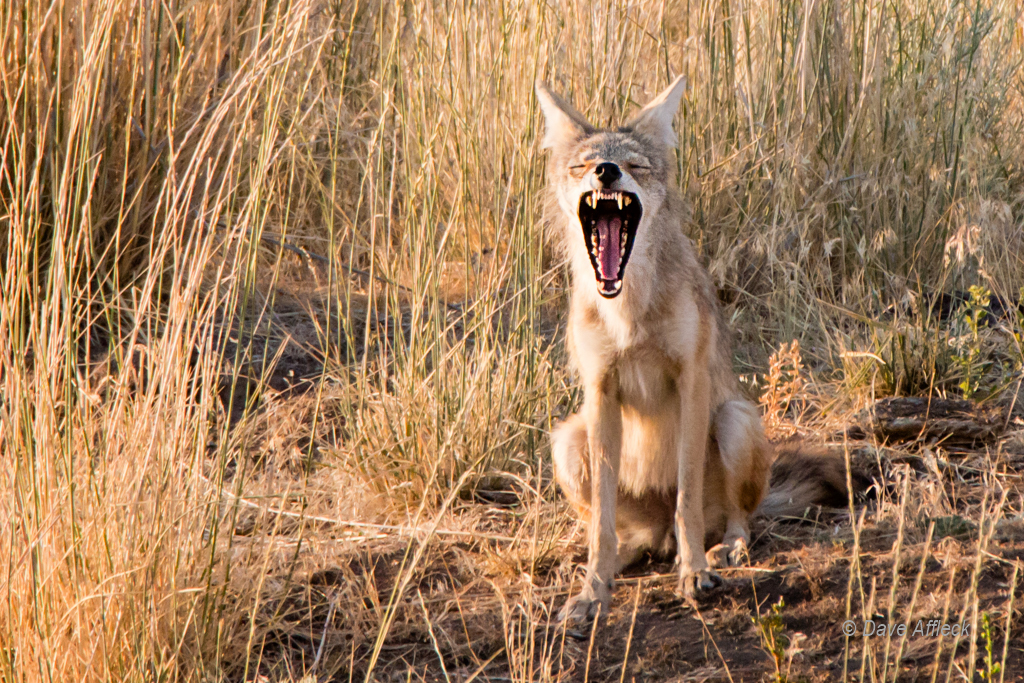
Pretty soon, her mom showed up and the two of them group-yip-howled (GYH) together.
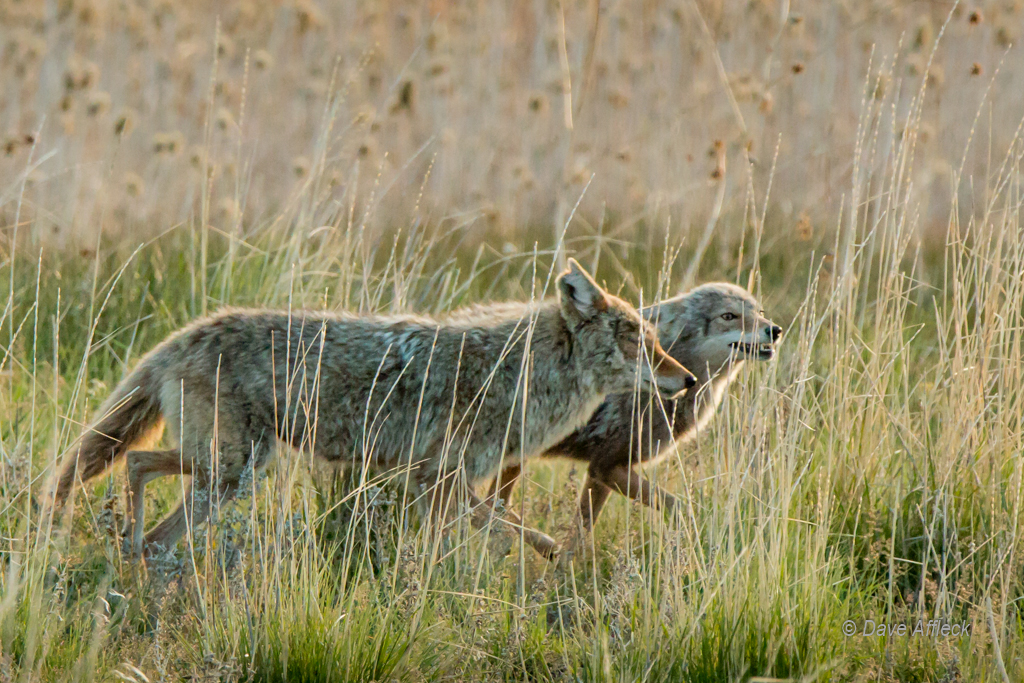
A few minutes later, another coyote lone howled from a long ways off. In another five minutes an adult male coyote arrived and joined the two female coyotes and then the three of them went on patrol.
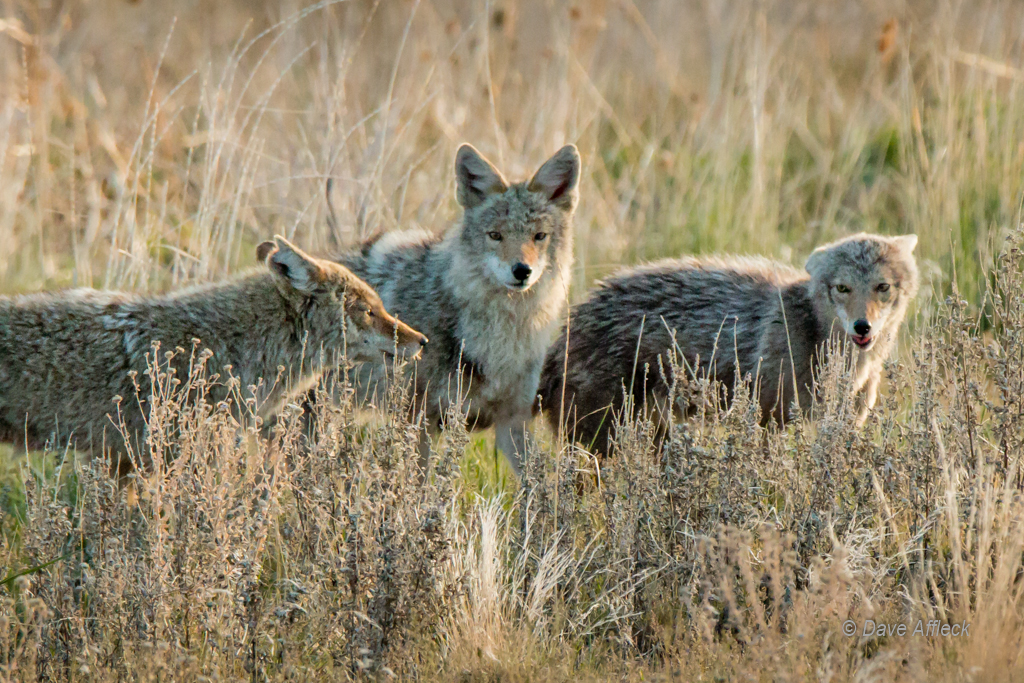
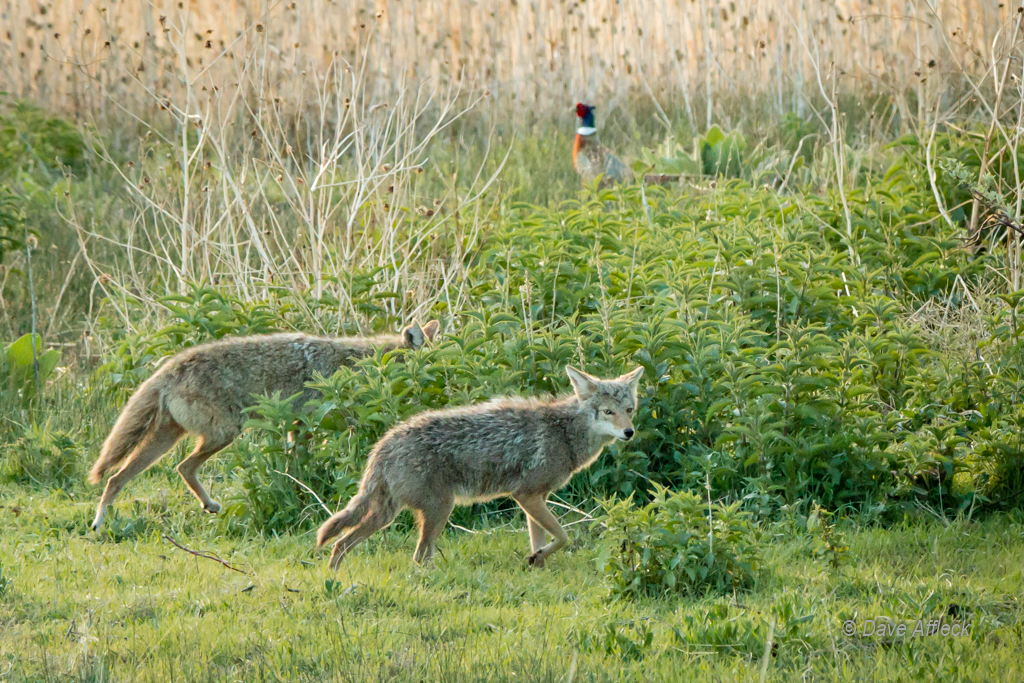
This episode, I’d have known the first lone howl was a puppy even without seeing it. Just had a real high pitched, immature, puppy sound to it. The reply from the male from a long ways off though, even being there, I wasn’t sure it was anything but a strange coyote replying. It was so far off. But it was just another lone howl, to me. Couldn’t have told you what, if anything it meant. However, a few minutes later, sure enough, here comes the what appears to be the adult male mate of the adult female.
Note too, in this episode, there weren’t just lone howls. The two females also did a group-yip-howl. Something to keep in mind while locating. I’ve had coyotes come in to the GYH sound fairly often. It’s not just for locating, under some circumstances it can be good for calling them in too.
I believe that even if there isn’t any specific meaning to a howl – as in language – I do believe coyotes recognize the voices of their family members and peers and understand aggressive, non-aggressive, come here, I’m coming type stuff. I just don’t think I can understand it.
Another time… I started a late morning stand in August with a lone howl. This pair waited until they had got to the top of the nearest ridge, about 200 yards off, to GYH in reply.
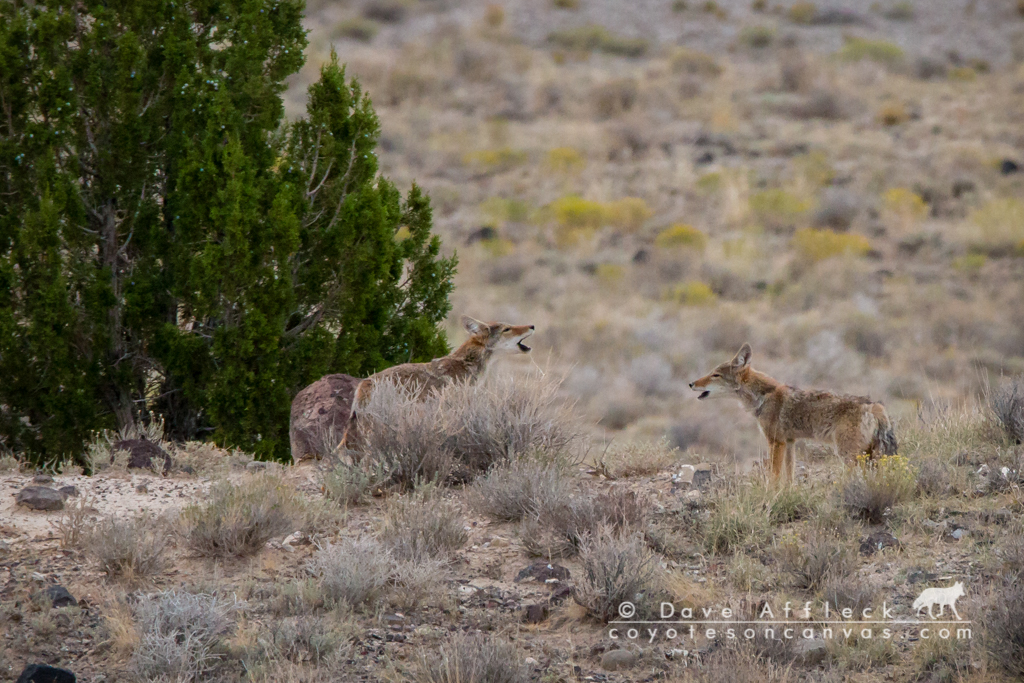
I was right in their wheelhouse and I figured they probably still had pups around, so I knew pup distress was going to be a very high percentage play. So, I gave ’em a little pup distress on the Foxpro. They immediately came running down off that little ridge right to me.
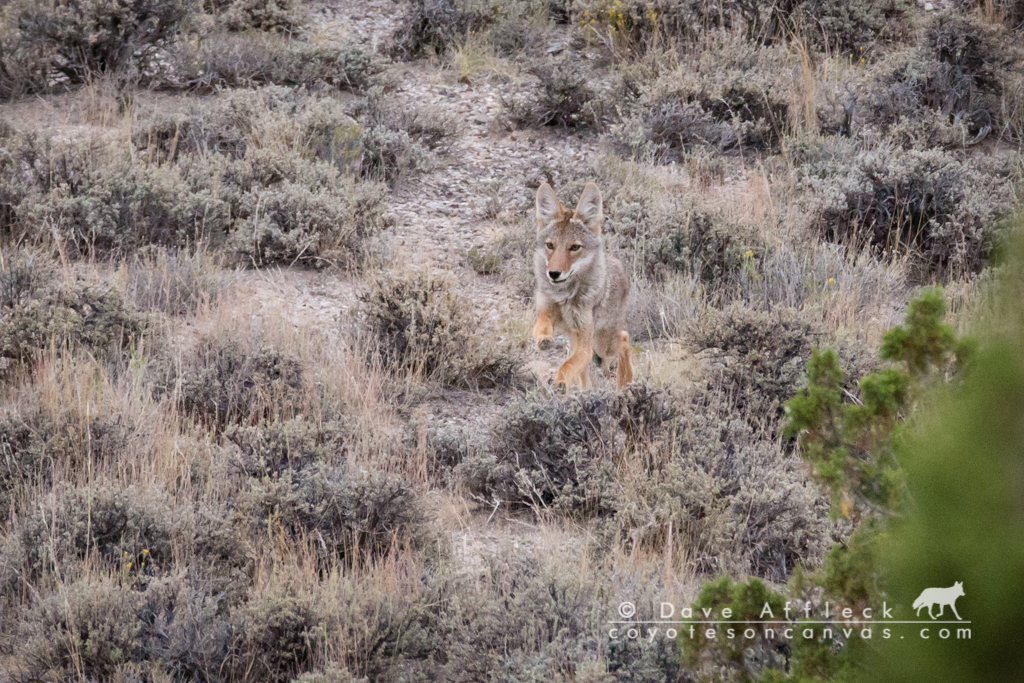

That has been a predictable pattern during the summer for calling denning pairs. Around here though, once dispersal really gets going, things start to change and that calling pattern becomes less of a sure thing.
So, there you have some examples of real coyotes, calling each other, with lone howls and group-yip-howls. And one example of how using a lone howl elicited a group-yip-howl in response and how those coyotes were then called in using another vocalization, pup distress.
Like I said earlier, vocals are my weak suit. I claim mostly ignorance when it comes to using vocals. So don’t hesitate to comment and share what you think.
– DAA

